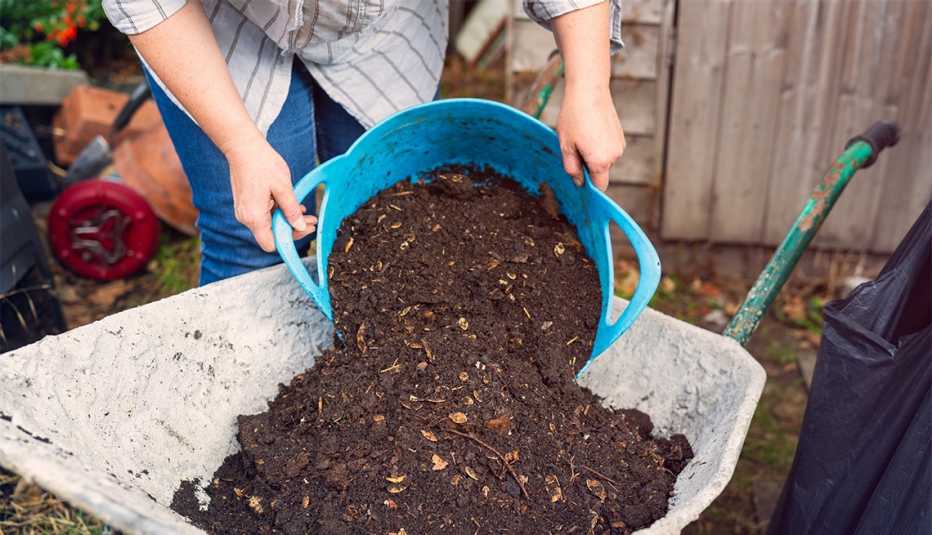AARP Hearing Center
Susan Moeller,
Karen Beauchemin calls gardening her therapy. Over the years, she’s spent a lot of time in her West Yarmouth, Massachusetts, garden tending to her vegetables and flowers from her perch on “my little bench.”
That bench is actually a rolling garden seat that wheels around her raised beds and allows Beauchemin to comfortably get down, and stay at, plant level.
Gardening should be fun, not backbreaking. So, like Beauchemin, invest in the tools that make it an easier and safer activity as you age. Those tools are often simple and inexpensive — or things you can adapt yourself.
Although these implements can help every gardener, those who suffer from arthritic hands or bad knees or who struggle to rise from the ground may find them essential.
“If you make it easier on you, you’re going to be doing it longer,” says Phyllis Turner, 73, a master gardener with the Bedford County Office of Virginia Cooperative Extension. Turner, a retired nurse, works with a therapeutic gardening program that encourages people of all abilities to garden and often highlights supportive techniques, such as how to adapt gardening tools.
Turner and her husband tend a quarter-acre vegetable garden and 25 flower beds. Her favorite leaf rake is one her husband made lighter by cutting 12 inches off the handle. He then wrapped the rake with pipe insulation, making it easier to grasp.
“Long-handled tools … can get very heavy, and they tend to be much longer than they need to be,” Turner says.
Reduce stress and strain
If you don’t want to do it yourself, several gardening tool companies offer ergonomic implements such as long-handled weeders or hand shovels with arced handles to take the pressure off wrists.
“It does reduce a lot of stress and strain,” says Christine Kelly-Begazo, an agricultural agent with Indian River County Extension near Vero Beach, Florida, who has researched gardening ergonomics and grows vegetables, flowers and about 30 pineapple plants.
As for favorite tools, experiment based on your physical abilities, garden and terrain. Turner says her ground is too uneven for a wheeled cart. She prefers “to just scoot around on my butt.” That said, here are seven tools that she and other gardeners say make the work easier.


1. Lightweight hose
These come in different styles, including coiled plastic, metal and various fibers, and are much easier to drag around the yard. Some retract, others wind on a hose reel. To make them last, drain after use. Price: $35 and up for 100 feet.












































































